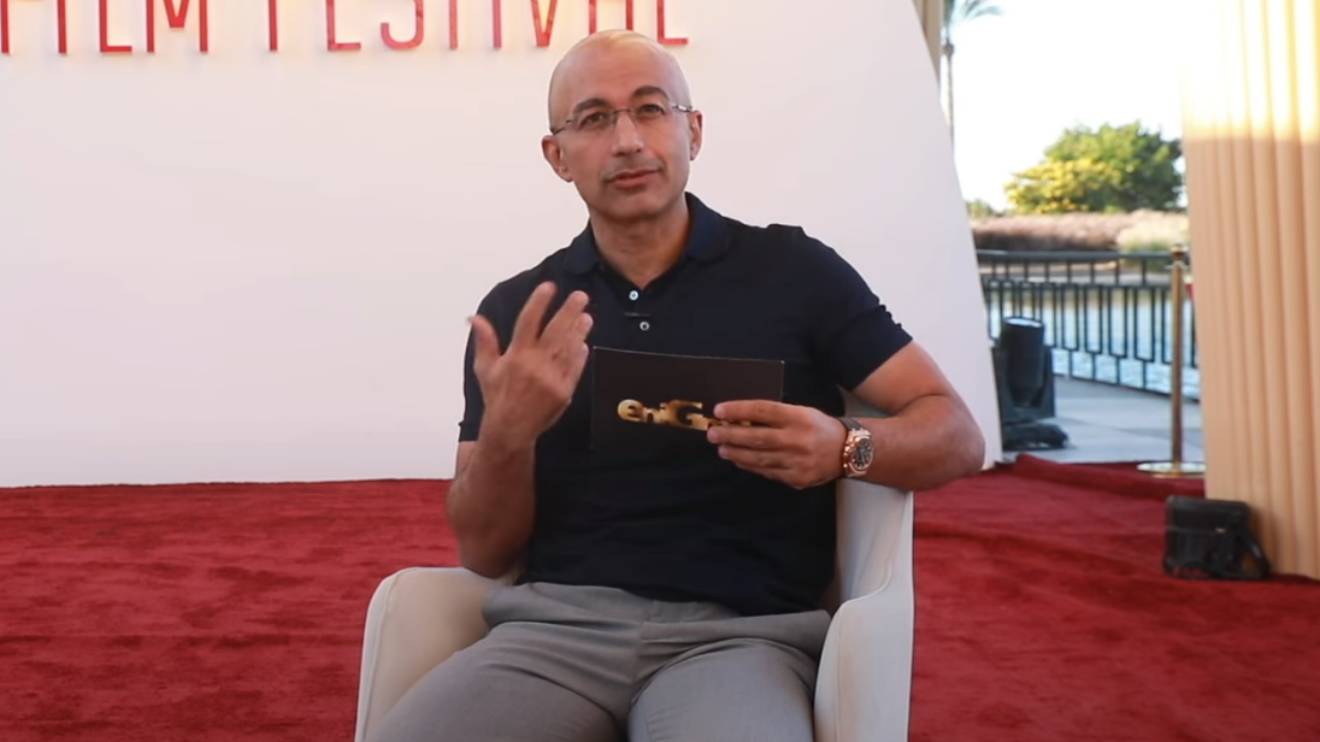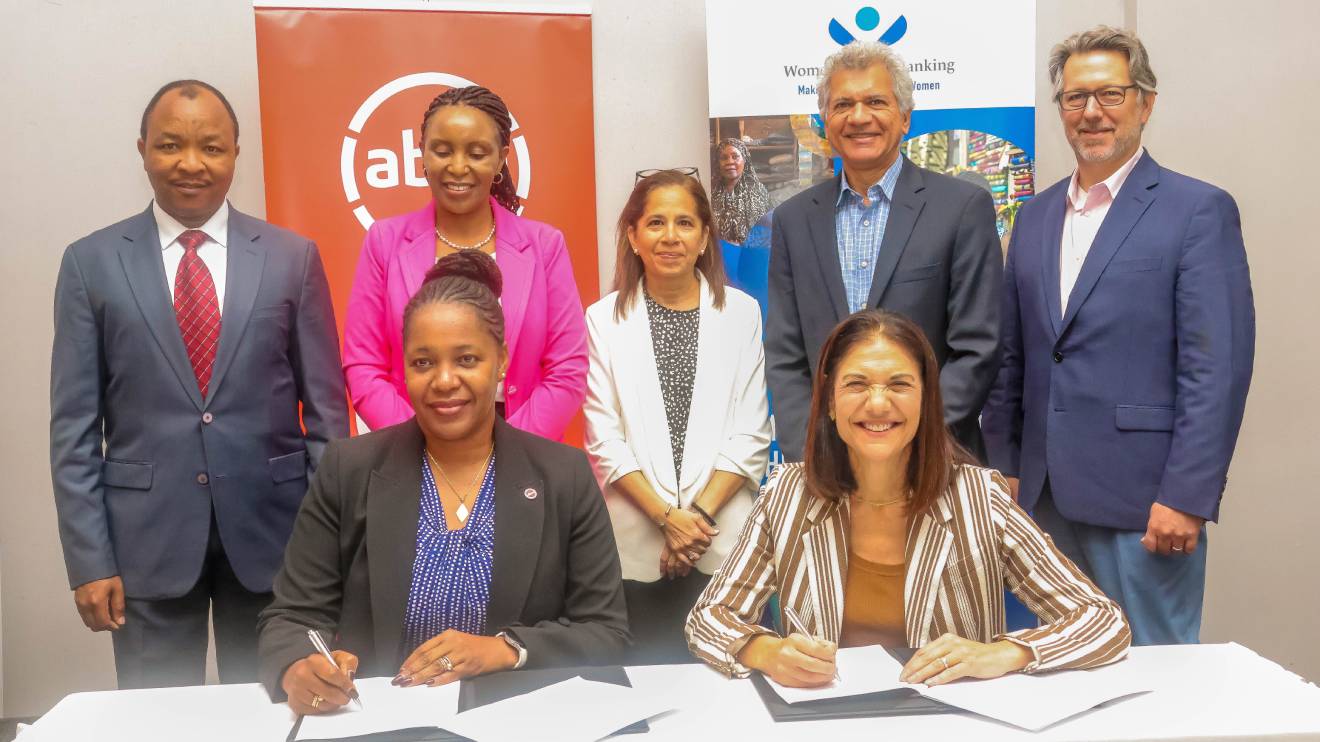As artificial intelligence continues to infiltrate newsrooms and reshape how the public consumes information, journalists must confront the challenge of staying technologically relevant without compromising journalistic integrity.
That was the central warning from Dr Grace Githaiga, CEO of the Kenya ICT Action Network (KICTANet), during the Media Council of Kenya’s Annual Media Summit.
This year’s gathering revolved around the theme “Public Interest in the Era of Technology: Media Accountability and National Values.”
Dr Githaiga, once a journalist herself and now a respected voice in tech policy, addressed the crowd with a call for balance: embrace innovation, but do not let ethical standards slip.
She offered an opening that both amused and unsettled the audience: “Tools like ChatGPT and Parrot.ai can craft convincing introductions, showing both the power and risks of AI in generating disinformation.”
Read More
That remark quickly gave way to a deeper dive into what she described as a media environment undergoing a dramatic overhaul—from story-gathering methods to the ways news is delivered and received.
“Kenya’s media landscape is evolving rapidly,” she observed. “Journalists use smartphones to break stories, and audiences demand real-time engagement.”
But digital efficiency, she noted, often comes with the cost of accuracy.
“Well-researched exposés still hold value,” she reminded the audience, even as social media content moves faster than legacy news outlets.
She also flagged the darker side of digital transformation. Surveillance, online harassment, and toxic content, she warned, have begun to silence journalists before they even publish.
“Journalists fear speaking out due to subliminal messaging about surveillance,” she said, pressing the Media Council of Kenya to ensure online journalists receive institutional protection.
Legal reforms, she added, are essential to navigate the complex tensions between free speech and platform regulation.
Githaiga painted a troubling picture of a media landscape battling declining trust, driven by sensationalism, misinformation and public fatigue.
“Trust is the backbone of journalism, but it’s fragile in this era of echo chambers,” she said, underscoring the importance of strict editorial guidelines and rigorous fact-checking practices.
Acknowledging the industry’s long-standing discomfort with reporting on technology, she issued a challenge to journalists: “Participate in AI hackathons and invest in digital literacy and security.”
In her view, those who evolve with the tools will not just survive—they’ll lead. “Technology is a tool, not an end,” she stressed.
“Our purpose is to inform and unite the public with integrity.”
On whether AI would eventually replace journalists, her answer was clear: “Those who adapt will thrive. AI can’t replicate the human touch in investigative or human-interest stories.”
Her keynote laid the foundation for a panel discussion that echoed and expanded on those concerns. Abraham Marita of Internews moderated the session, which brought together five media and regulatory voices: James Wamathai (Bloggers Association of Kenya), Young Muthomi (Royal Media Services), Francis Mureithi (Radio Africa Group), Jacinta Kiraguri (Standard Group Plc), and Rosemary Mwangi (Communications Authority of Kenya).
From the outset, Wamathai stressed both the usefulness and dangers of AI tools in journalism.
“AI helps lay a story’s foundation, but overreliance can lead to ethical issues,” he said. He drew attention to AI-fuelled threats like gender-based harassment and fabricated content targeting journalists.
Muthomi echoed the urgency for news professionals to skill up. “AI can handle tentative tasks, potentially replacing roles, but it also creates new opportunities,” he said. His warning was blunt: “If we don’t embrace AI, we risk being driven out of newsrooms.”
Offering a practical example of adaptation, Mureithi shared Radio Africa Group’s investment in its own large language model (LLM), created specifically for journalism.
“AI processes report in seconds, but human oversight ensures objectivity and accuracy,” he explained, adding that the company’s internal AI protocols follow the national journalism code of conduct.
Kiraguri focused on the operational efficiencies media houses are gaining through tech. “We’ve moved from 30-person broadcast vans to one camera person with a smartphone,” she said.
Her message was direct: “Wake up and embrace AI.” She also proposed reallocating newsroom roles to boost productivity and focus on value-added tasks.
Mwangi addressed the structural lag in policy, admitting that regulators are still catching up.
“Regulation lags behind innovation,” she said.
She highlighted the Communications Authority’s sandbox initiative, designed to test new technologies safely. She also addressed AI-driven media, noting, “Current laws require human ownership, but we must revisit regulations.”
To fight harmful content, she called for closer cooperation with digital platforms.
The session closed with pointed questions from the audience, focusing on journalism curricula and how Africa might emulate the European Union’s Digital Services Act.
Mwangi responded with a forward-looking commitment: “We’re working toward an African digital policy through a September trust summit, positioning Kenya as a leader.”
Throughout the summit, Dr Githaiga’s message remained consistent: adapt, collaborate, and lead with integrity. Her address—and KICTANet’s presence—underscored the growing importance of policy thinkers in safeguarding journalism's role in a rapidly shifting digital world.

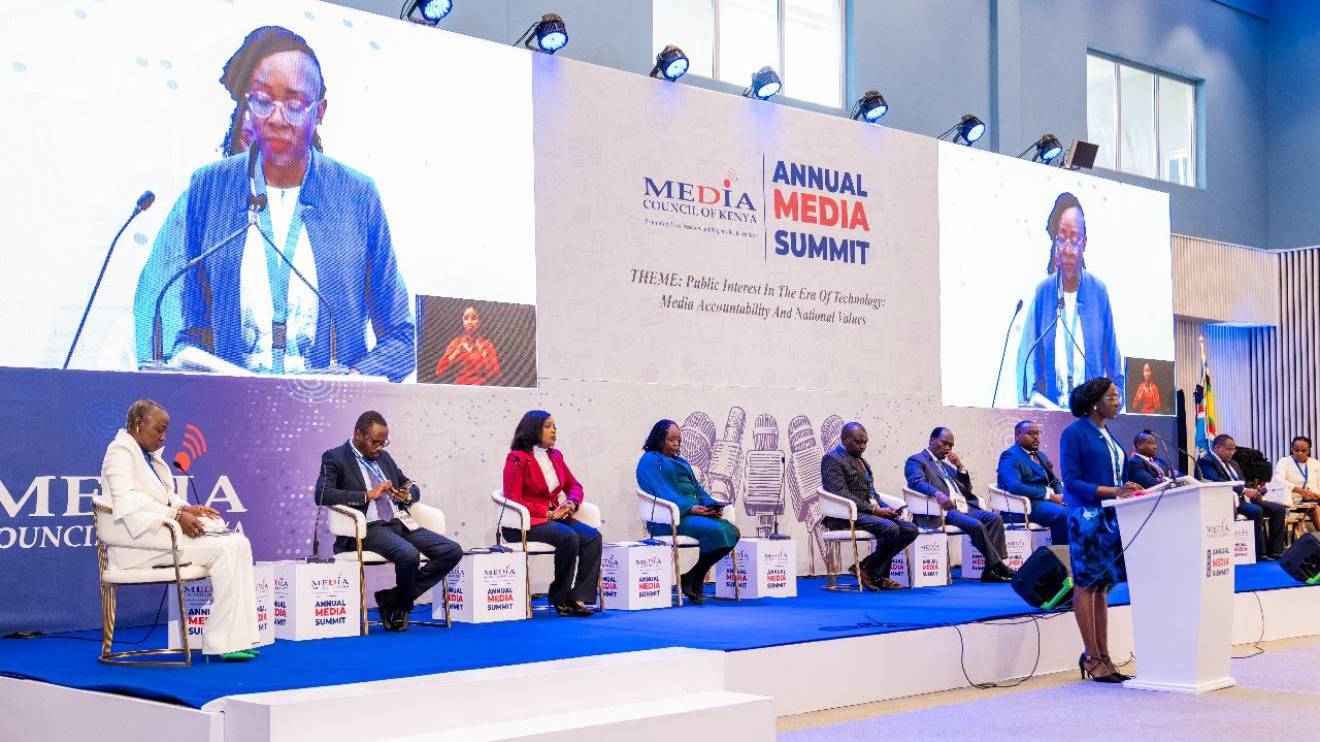
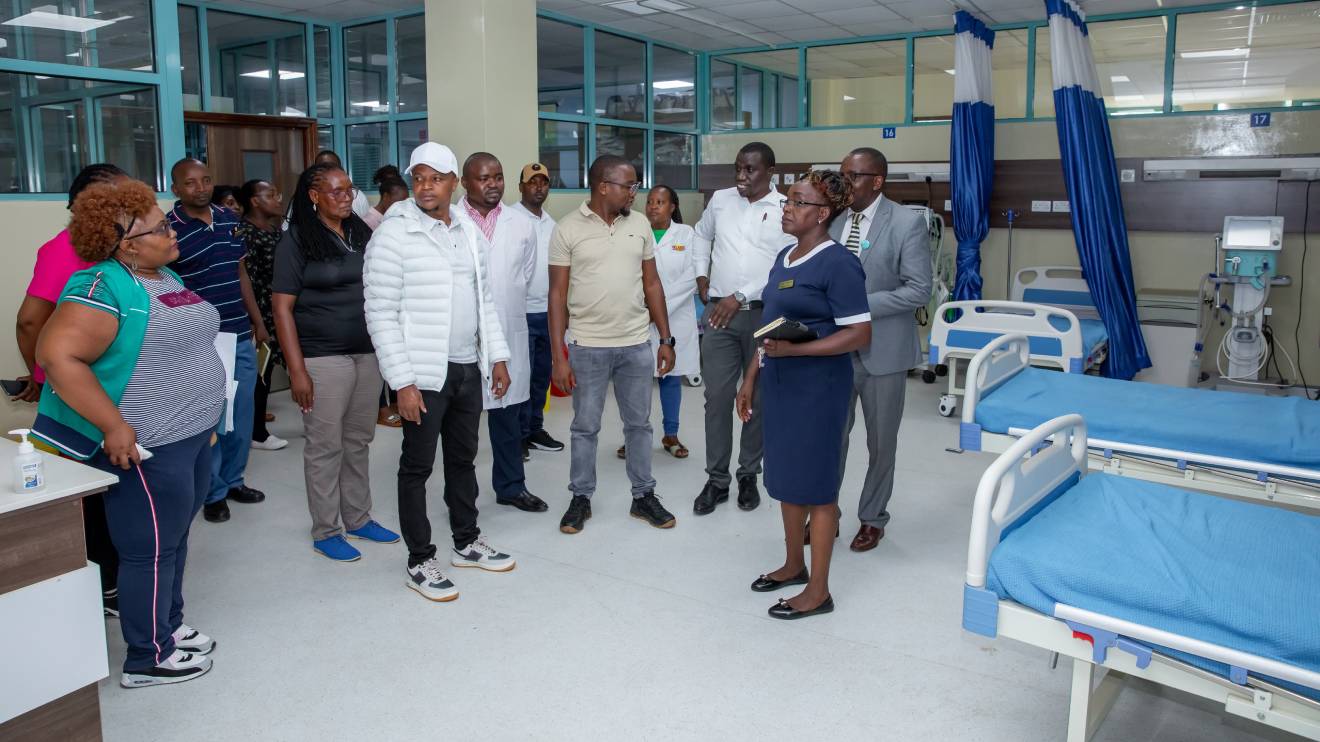
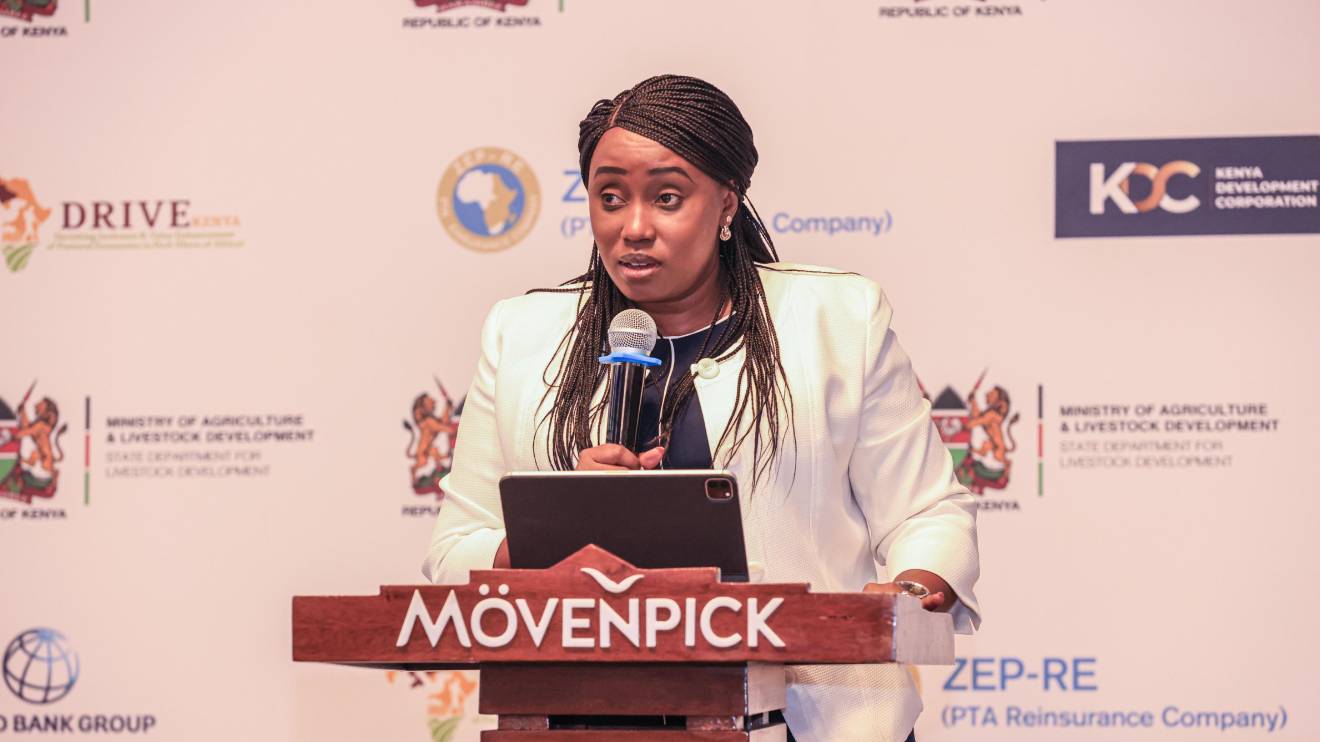


-1747044850.jpg)
